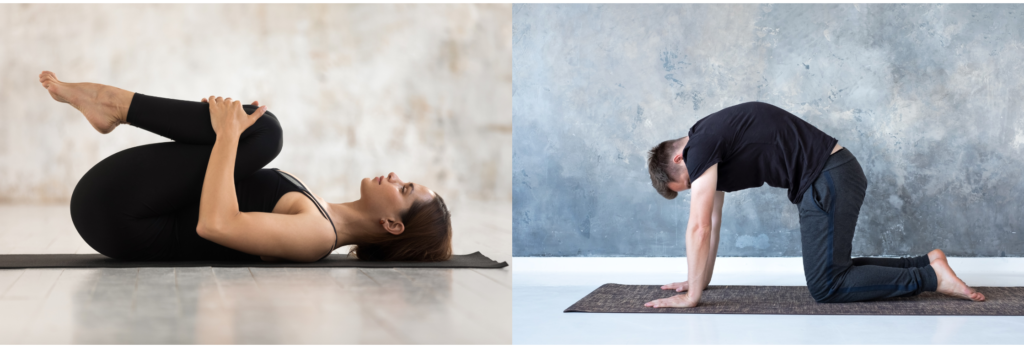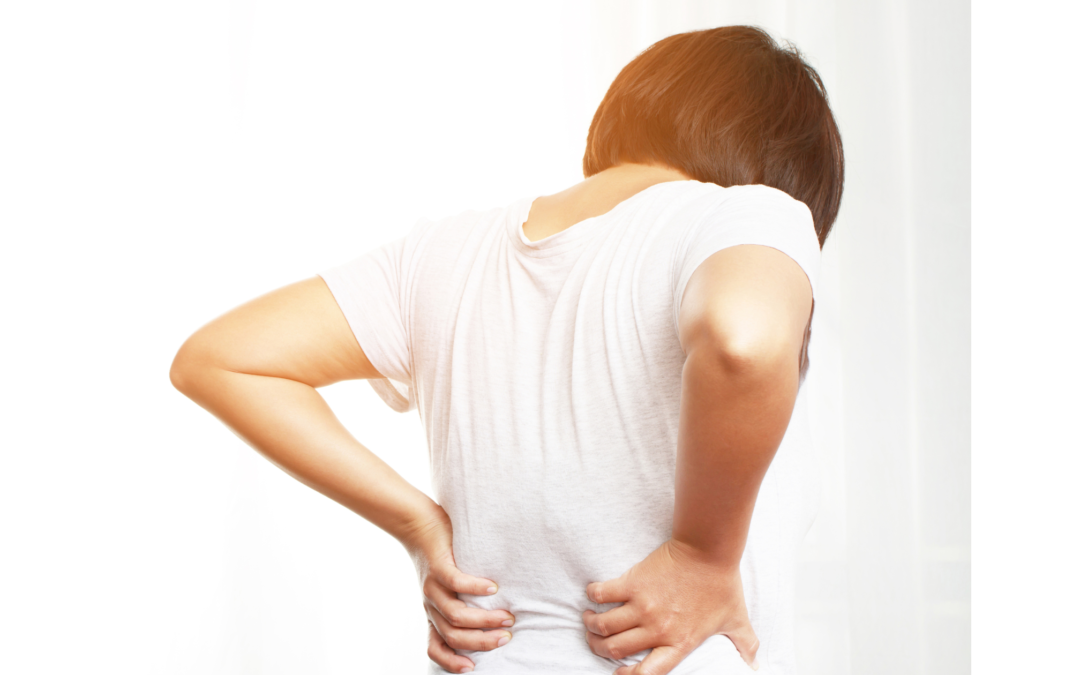Back pain is something most of us have experienced. It can occur during exercise, from repetitive lifting, or sudden awkward movements. The most common cause of lower back pain is a strain or sprain of the ligaments in the spine. The lower back is especially vulnerable to injury as it carries the weight of the upper body and is involved in twisting, bending movements.
There are two common types of lower back injury.
One of them is a lumbar sprain. The lumbar spine is the name of the 5 vertebrae of the lower back leading down into the top of the pelvis. A lumbar sprain occurs when the tough tissues know as ligaments surrounding and joining the bones get overstretched or even torn.
The other common injury is a muscle strain. This is usually known as a pulled muscle and refers to when the muscles are overstretched or overused and start to tear.
Both types of injury have very similar symptoms and require very similar treatment. When the ligaments of muscles are stretched or torn in any injury, it can cause inflammation. The inflammation is a natural response to injury. It is when blood rushes to the injured area to help repair and restore the injured tissue. Other symptoms can include stiffness, pain that worsens with movements, soreness to touch the area, or difficulty standing or moving.
If you find yourself with a lower back injury…
- Get yourself an ice pack. Put ice on the lower back for up to 20 minutes every 6-8 hours.
It may feel good to lay flat on the floor to help the muscles in your back surrounding the injury to relax. - Book into see a physiotherapist to help you release any tight back muscles and get you moving again. Click for Christchurch, Rangiora or Hamilton.
- Sleeping with pillows under your knees a good way to release the muscles while you rest overnight.
- Once you can move, it is good to stay mobile. This will help improve your injury, making sure you keep your spine in a neutral position while doing any bending movements.
Once you are feeling more mobile and your pain is improving it is a good idea to start stretching.

Two stretches to try;
- Knees to chest. Lying on your back, bring your knees up towards your chest and give them a hug with your arms. Gently pull your knees close to your body, ensuring that when you stretch you aren’t increasing your pain. This can be done with one leg at a time of you are particularly stiff.
- Cat Stretch. On all fours, bring your knees under your hips and your hands under your shoulders. Tuck your belly button up towards your spine. Tuck your chin and arch your spine. Imagine you are trying to create space in between each vertebra and lengthen the muscles in your back.
When your back pain is manageable you should work on strengthening your core and back muscles. Any movement is great for blood flow which will help reduce any muscle stiffness. Talk to your physio to help create a core strengthening program to reduce the risk of re-injury and keep you active for life!


Recent Comments